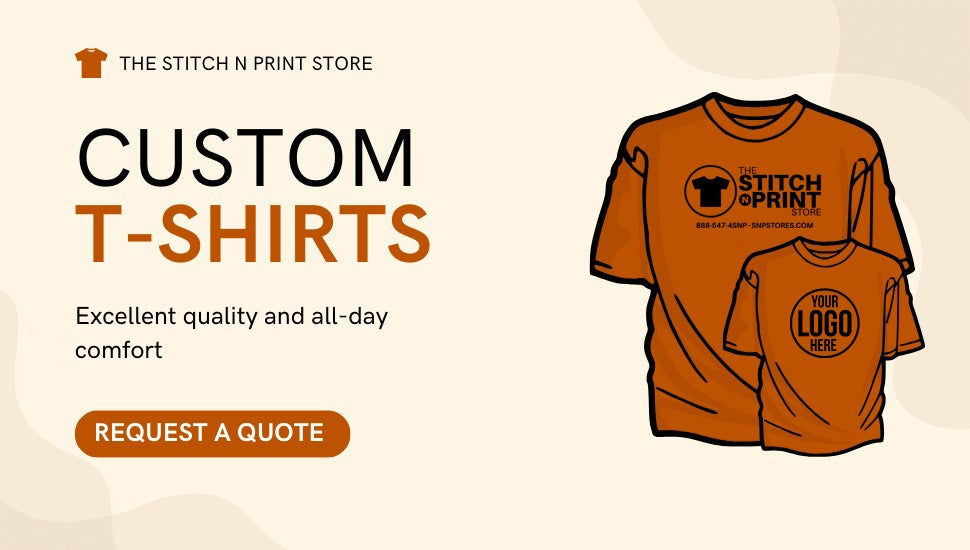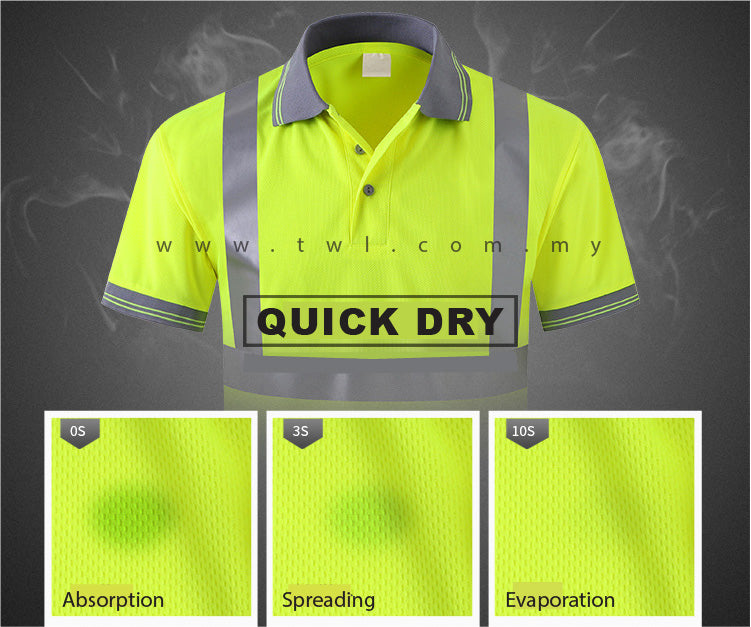The humble T-shirt. It's a staple of wardrobes around the world, transcending age, gender, and social boundaries. But what started as a simple undergarment has become a canvas for self-expression, a billboard for brands, and a powerful symbol of culture and identity. In this journey, we'll explore the evolution of T-shirt design, from its humble beginnings to the endless possibilities of the modern day.
From Humble Beginnings: The Birth of the T-Shirt
The Origins of the T-Shirt
The history of the T-shirt is woven into the fabric of social and cultural changes that occurred in the late 19th century. While the exact origins are debatable, it’s widely accepted that the first T-shirts were derived from the lightweight undershirts worn by sailors and manual laborers. These early garments were practical, designed to offer comfort and breathability during demanding work conditions. Made from cotton or linen, they served their purpose well, allowing wearers to stay cool in hot environments.
As the Industrial Revolution progressed, so did the need for affordable and comfortable clothing. The T-shirt found its way into the wardrobes of the working class. Its simplicity and functionality made it an appealing choice for those who needed durable attire without the frills. Manufacturers began producing these shirts en masse, leading to their proliferation beyond just the working class.
The Shift to Casual Wear
The early 20th century marked the transition from T-shirts being purely functional to becoming casual outerwear. With the rise of sporting activities and informal attire, the iconic Y-front T-shirt emerged. It featured a Y-shaped neckline and was easy to produce, inexpensive, and incredibly versatile. This versatility laid the groundwork for the T-shirt's eventual global dominance.
As society became more accepting of leisure wear, the T-shirt began to infiltrate different facets of life, moving beyond its original purpose as an undergarment. It was seen on soldiers during World War II, where it was adopted as part of their uniforms for warmth and comfort. The post-war era saw returning veterans wearing them in civilian life, further solidifying the T-shirt's status as a staple garment.
The Emergence of Branding
With the rise of consumerism and branding in the mid-20th century, companies began to recognize the marketing potential of the T-shirt. Brands like Champion and Hanes pioneered the use of logos and graphics on T-shirts, using simple screen-printing techniques to create memorable emblems. This innovation not only promoted products but also established the T-shirt as a vehicle for personal expression and affiliation.
During this period, the T-shirt transitioned from a mere clothing item to a fashion statement. Individuals began to wear these branded T-shirts proudly, signaling their interests and loyalties through their choice of apparel. This shift would set the stage for the T-shirt's ability to convey messages far beyond its basic function.
The Rise of the Classic Tee: Iconic Designs and Their Impact

The Cultural Significance of the Classic Tee
As T-shirts gained popularity in the post-war era, they became synonymous with youth culture and rebellion. The classic tee, often plain or adorned with simple graphics, became a canvas for displaying individual beliefs and affiliations. Music icons such as Elvis Presley and Chuck Berry popularized T-shirts featuring their names and logos, which resonated with fans and inspired countless imitators.
The classic tee evolved into a symbol of various subcultures, each adopting its own unique style. From rock and punk to hip-hop and skate culture, the T-shirt became a common thread connecting diverse communities within society. Different designs reflected the values and aesthetics of these groups, establishing the T-shirt as a universal form of communication.
Iconic Designs That Shaped Fashion
Throughout the decades, various iconic designs have left an indelible mark on T-shirt fashion. The peace sign, for example, emerged as a prominent graphic during the 1960s counterculture movement, symbolizing anti-war sentiments and social harmony. Similarly, the "I ♥ NY" T-shirt, created in the 1970s, captured the spirit of New York City and became a popular souvenir that still resonates today.
These designs exemplify how T-shirts can encapsulate cultural moments and shared experiences. They serve as artifacts of specific times in history, allowing individuals to connect with broader narratives while expressing their personal identities. As the T-shirt continued to evolve, designers began experimenting with bold graphics, vibrant colors, and unconventional materials, pushing the boundaries of creativity.
The Influence of Art and Artists
The intersection of art and T-shirt design has always been an intriguing aspect of its evolution. Renowned artists began collaborating with fashion designers to create limited-edition T-shirts that blurred the lines between wearable art and conventional clothing. These collaborations brought fresh perspectives to the T-shirt landscape, elevating it to new artistic heights.
For instance, the collaboration between Andy Warhol and fashion label Charles James gave rise to iconic T-shirts featuring Campbell's Soup cans and Marilyn Monroe. Such creative ventures transformed ordinary T-shirts into coveted pieces of art, elevating their status beyond mere garments. This fusion of creativity paved the way for future collaborations between artists and clothing brands, ensuring that T-shirts remained relevant in the ever-changing world of fashion.
The 1960s and 1970s: Counterculture and the T-Shirt as a Canvas

A Voice for the People
The 1960s and 1970s represented a time of profound social upheaval in America and around the world. Political movements advocating for civil rights, anti-war sentiments, and environmental awareness emerged, and the T-shirt became a powerful tool for self-expression. Activists began using T-shirts to display their beliefs, slogans, and messages, turning them into wearable protest banners.
This period saw the birth of politically charged designs, with slogans like "Make Love, Not War" and "Peace" emblazoned across T-shirts. The power of the T-shirt as a medium for activism cannot be understated; it gave individuals the opportunity to communicate their stance on pressing social issues succinctly and visually. This trend not only shaped fashion but also played a role in fostering a sense of belonging among like-minded individuals.
The Psychedelic Era and Artistic Expression
As the counterculture movement grew, so did the emphasis on artistic expression through T-shirts. The psychedelic art movement of the 1960s led to an explosion of colorful, abstract designs that characterized the era. Tie-dye patterns, bold typography, and intricate illustrations became hallmarks of T-shirt design, reflecting the ethos of freedom, love, and creativity that permeated the time.
Artists like Peter Max and Milton Glaser created iconic T-shirt designs that captured the essence of the psychedelic movement. Their works conveyed messages of peace, unity, and exploration, encouraging wearers to express their individuality. This artistic renaissance not only influenced T-shirt design but also propelled the T-shirt into the realm of high fashion, as designers sought to incorporate these vibrant styles into their collections.
Subcultures Embracing the T-Shirt
The 1960s and 1970s also saw the emergence of various subcultures, each embracing the T-shirt as a means of identifying with their community. The punk movement, for example, utilized T-shirts to convey rebellious attitudes against mainstream fashion and societal norms. Band T-shirts became particularly popular, allowing music enthusiasts to showcase their loyalty to their favorite artists.
Meanwhile, the establishment of surf and skateboard cultures contributed to the diversification of T-shirt designs. Graphics inspired by waves, skateboards, and beach vibes flooded the market, creating a distinct aesthetic that resonated with youth seeking an alternative lifestyle. The T-shirt became a visual representation of these subcultures, allowing individuals to celebrate their passions and lifestyles through fashion.
The 1980s and 1990s: Branding, Pop Culture, and the Rise of the Graphic Tee

The Commercialization of T-Shirts
The 1980s marked a turning point in the T-shirt industry as branding became a dominant force in fashion. Companies recognized the value of T-shirts as marketing tools, leading to a proliferation of graphic tees featuring company logos, slogans, and promotional designs. The advent of mass production techniques made it easier for brands to reach a wider audience, further embedding T-shirts in popular culture.
Brands like Nike, Adidas, and Reebok capitalized on the growing demand for sportswear and street fashion, effectively transforming the T-shirt into a symbol of status and affiliation. Consumers eagerly donned branded T-shirts to showcase their loyalty to certain labels, turning everyday clothing into aspirational pieces. This commercialization laid the groundwork for the T-shirt's continued evolution as a powerful fashion statement.
The Explosion of Pop Culture
The 1990s witnessed a cultural phenomenon fueled by the explosion of pop culture, significantly influencing T-shirt designs. Music, movies, and television shows permeated everyday life, shaping fashion trends and inspiring a new generation of graphic tees. Band T-shirts became ubiquitous, with fans proudly wearing their allegiance to iconic artists and musical movements.
Moreover, the rise of grunge culture introduced a more relaxed and unpolished aesthetic. T-shirts featuring vintage band logos, snarky slogans, and ironic graphics became staples in many wardrobes. This shift demonstrated how the T-shirt could transcend its traditional functions, becoming a means of self-definition and a reflection of personal taste.
Streetwear and Urban Aesthetics
The 1990s also saw the emergence of streetwear culture, heavily influenced by hip-hop and urban aesthetics. Designers began incorporating elements of graffiti, bold colors, and oversized fits into their T-shirt designs, appealing to a younger demographic seeking authenticity. Brands like Supreme and Stüssy popularized the concept of limited-edition drops, turning T-shirts into coveted collector's items.
This ongoing fusion of fashion and culture continued to elevate the T-shirt's status, aligning it with contemporary trends and movements. Streetwear became a significant force in the fashion industry, showcasing the T-shirt as a versatile canvas for artistic expression and identity. As designers pushed creative boundaries, the T-shirt evolved into a symbol of youth culture and urban lifestyle.
The Digital Age: The Democratization of Design and the Rise of Custom T-Shirts

The Impact of Technology on T-Shirt Design
The advent of the digital age has revolutionized the world of T-shirt design, ushering in a new era of creativity and accessibility. Affordable printing technology and advancements in design software have empowered individuals to create their own unique T-shirts, blurring the lines between designer and consumer. This democratization of design has led to an explosion of diverse styles and personalized options.
Online platforms have played a crucial role in facilitating this transformation. Websites like Etsy, Redbubble, and Printful allow independent artists, designers, and hobbyists to sell their creations directly to consumers. The barriers to entry have diminished, enabling a broader range of voices to contribute to the T-shirt landscape. As a result, we witness an unprecedented variety of designs, encompassing everything from quirky illustrations and witty slogans to intricate patterns and abstract art.
The Rise of Custom T-Shirts
As the desire for personalized expression increased, so did the demand for custom T-shirts. Online services like CustomInk and Zazzle provide a multitude of tools and templates for individuals to create custom designs featuring individual names, photos, and messages. This personalized approach has transformed T-shirts into powerful tools for celebrations, events, and promoting causes.
Customization allows individuals to connect deeply with their attire, making T-shirts a reflection of their identities and experiences. Whether it's a family reunion, a birthday celebration, or a campaign advocating for social change, customized T-shirts serve as tangible reminders of shared moments and collective efforts. This trend has further solidified the T-shirt's position as a medium for storytelling and connection.
The Growth of E-Commerce and Online Communities
The digital revolution has also fostered the growth of e-commerce and online communities dedicated to T-shirt design. Social media platforms have become essential tools for sharing designs, discovering new artists, and connecting with like-minded individuals. Hashtags like
TshirtDesign and #CustomTees have popularized the art of T-shirt creation, inspiring a sense of community around this medium.
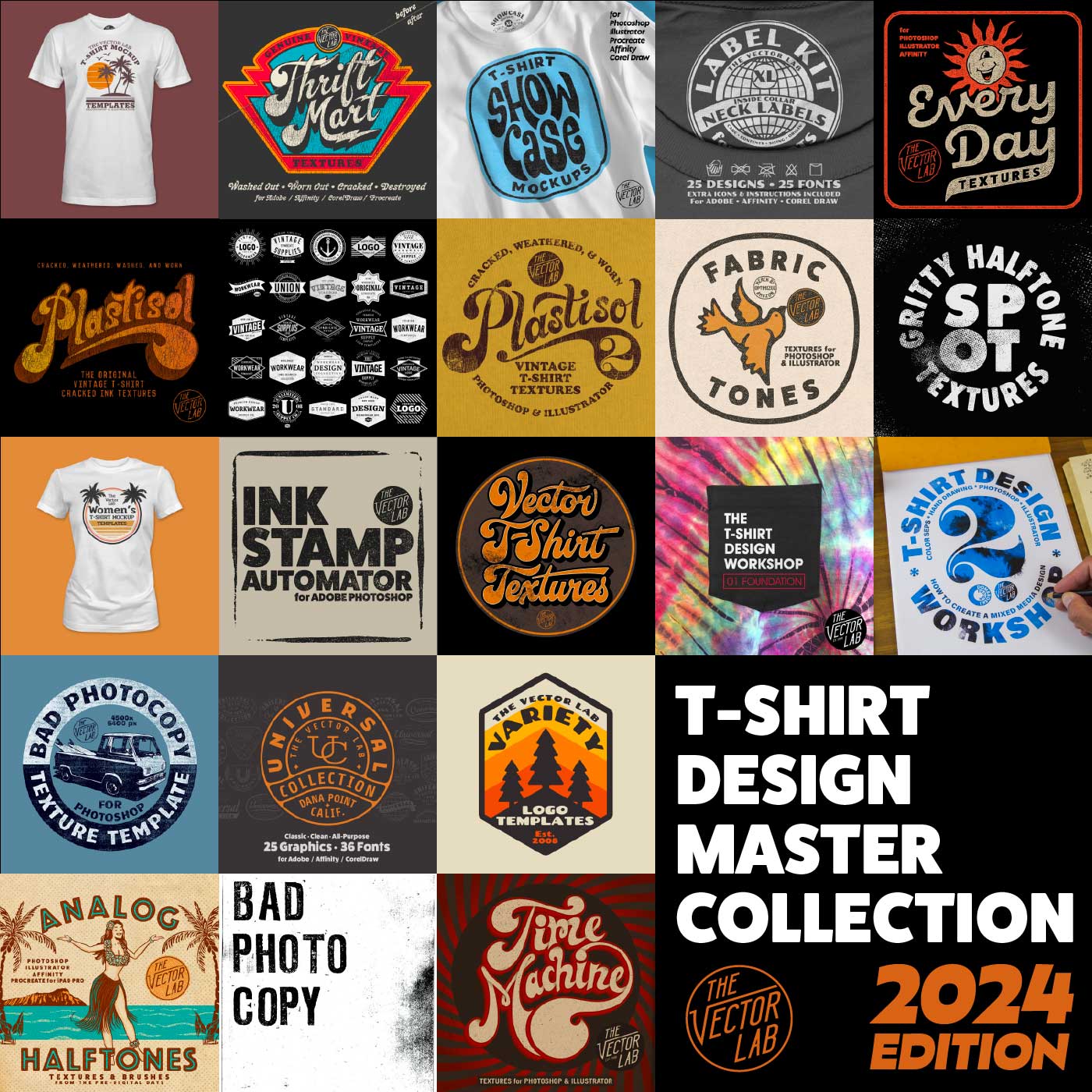
Through these platforms, individuals can cultivate their brand identities, gain recognition, and build a loyal following. The ability to showcase creativity and engage with audiences has transformed the T-shirt from a simple garment into a powerful means of self-promotion and entrepreneurship. As more people embrace the online space, the world of T-shirt design continues to flourish and diversify.
Sustainable and Ethical Production: A New Era of Responsibility in T-Shirt Design
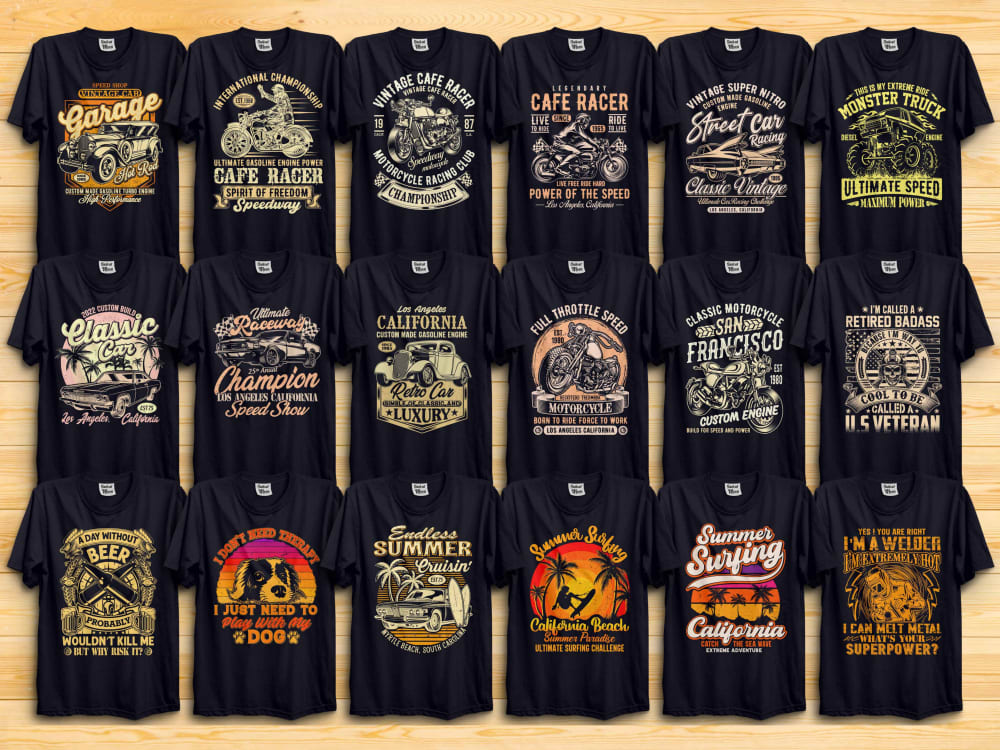
The Growing Awareness of Environmental Impact
In recent years, there has been a noticeable shift towards sustainability and ethical practices in the T-shirt industry. Concerns about environmental impact and workers' rights have prompted a growing demand for sustainable materials and responsible sourcing. Consumers are becoming increasingly aware of the ecological footprint associated with fast fashion and are seeking alternatives that align with their values.
Brands are responding to this demand by adopting eco-friendly materials such as organic cotton, recycled polyester, and sustainable dyes. These materials minimize environmental harm and promote more responsible consumption practices. By prioritizing sustainability, the T-shirt industry is taking important steps toward reducing waste and fostering a more equitable fashion landscape.
Fair Labor Practices and Transparency
Alongside sustainability, fair labor practices have come to the forefront of discussions surrounding T-shirt production. The call for transparency in supply chains has grown louder, prompting brands to evaluate their manufacturing processes and ensure ethical treatment of workers. This newfound awareness empowers consumers to make informed choices, supporting companies that prioritize social responsibility.
Many brands are now actively working to improve conditions in factories and provide fair wages to workers involved in T-shirt production. Certifications such as Fair Trade and Global Organic Textile Standard (GOTS) signify commitment to ethical practices and assure consumers that their purchases contribute to positive social change.
The Future of Sustainable T-Shirt Design
As the T-shirt industry moves forward, it is likely to see continued innovation in sustainable design and production methods. Advancements in textile technology may lead to the development of biodegradable fabrics and closed-loop recycling systems, minimizing waste and promoting circularity.
Additionally, collaborations between fashion brands and environmental organizations will play a crucial role in addressing the industry's challenges. By prioritizing sustainability and ethical practices, the T-shirt can reclaim its position as a symbol of conscious consumerism and a vehicle for positive change in the fashion world.
The Future of T-Shirt Design: Emerging Trends and Innovations

The Influence of Technology on Design
Looking ahead, several emerging trends are likely to shape the future of T-shirt design. Advancements in printing technology, such as 3D printing and digital textile printing, will open up new possibilities for creating unique and intricate patterns. These innovative techniques will enable designers to experiment with textures and dimensions, providing consumers with fresh perspectives on T-shirt aesthetics.
Furthermore, the integration of smart textiles and wearable technology may revolutionize the T-shirt experience. Interactive elements, such as embedded sensors and LED displays, have the potential to create dynamic designs that respond to the wearer’s environment. This fusion of fashion and technology blurs the lines between physical and digital realms, offering exciting opportunities for personalization and engagement.
Inclusivity and Diversity in Design
As society becomes increasingly aware of issues surrounding body positivity and representation, inclusivity and diversity will play a vital role in shaping T-shirt design. The industry is gradually expanding its size ranges and catering to various body types, ensuring that everyone can find T-shirts that suit their unique frames.
Additionally, the demand for designs that embrace different identities, cultures, and experiences is on the rise. T-shirt brands are beginning to celebrate diversity by collaborating with artists from various backgrounds and amplifying underrepresented voices. This trend highlights the importance of authenticity and representation within the fashion industry, allowing individuals to express their identities boldly and unapologetically.
The Role of Sustainability in Future Designs
Sustainability will continue to drive the future of T-shirt design as consumers increasingly prioritize ethical and eco-conscious choices. Brands will need to stay attuned to evolving preferences, adopting responsible sourcing and production practices as standard protocols rather than exceptions.
Innovations in sustainable materials will also reshape the design landscape. As bio-based fabrics emerge, designers will have the opportunity to explore creative possibilities while minimizing their environmental impact. The T-shirt industry stands at the forefront of these changes, poised to redefine fashion norms and establish new standards for responsibility.
The Power of Personalized Expression: The Rise of Customized and Unique Designs

Customization as a Form of Self-Expression
The desire for personalized expression has given rise to a flourishing market for customized T-shirts. Individuals seek unique designs that reflect their personalities, beliefs, and experiences, empowering them to stand out from the crowd. Custom T-shirts have become popular choices for events, celebrations, and causes, serving as tangible representations of shared memories.
Platforms that facilitate customization provide users with a plethora of options to create one-of-a-kind designs that speak to their identities. Whether it’s a family reunion, a wedding, or a cause-driven initiative, customized T-shirts foster connection and celebrate individuality. This shift from generic designs to personalized creations underscores the T-shirt's enduring appeal as a medium for self-expression.
The Role of Social Media
Social media has played a pivotal role in shaping the landscape of custom T-shirt design. Platforms like Instagram and Pinterest allow users to discover bold designs, share their creations, and connect with like-minded individuals. The viral nature of social media can propel unique T-shirt concepts to fame, driving interest and sales for independent designers.
Moreover, social media influencers have embraced customized T-shirts as a way to engage their followers and promote their brands. By showcasing their own designs or collaborating with artists, influencers amplify the visibility of custom T-shirts, further driving home the message of individuality and creativity. This interconnectedness encourages a vibrant ecosystem that celebrates diverse expressions through fashion.
The Importance of Storytelling Through Custom Designs
Customized T-shirts often serve as mediums for storytelling, allowing individuals to convey their narratives through their designs. Whether it’s commemorating a milestone or advocating for a cause, the stories behind these designs resonate with wearers and their audiences alike.
Companies engaged in custom T-shirt production often encourage customers to share their stories, creating a sense of community and connection. This narrative aspect elevates T-shirts beyond mere clothing items, transforming them into vessels for meaningful experiences and shared connections.
T-Shirts as a Medium of Storytelling: From Social Statements to Artistic Expressions
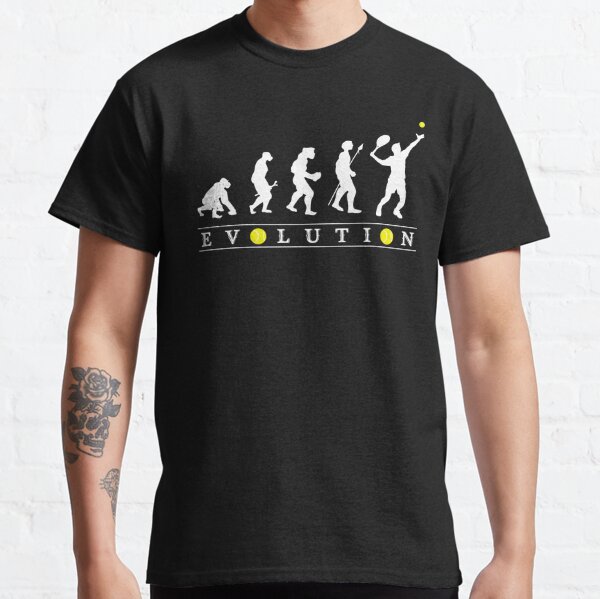
The T-Shirt as a Sociopolitical Tool
The T-shirt has long functioned as a canvas for social statements and political expressions. Activists have embraced this medium to raise awareness about pressing issues, from climate change to racial justice. Slogans and graphics emblazoned on T-shirts serve as powerful reminders of ongoing struggles and aspirations for change.
This tradition dates back to the political movements of the 1960s and 1970s, where T-shirts became symbolic of activism. Today, contemporary movements utilize T-shirts to galvanize support and mobilize action. Campaigns such as “Black Lives Matter” and “Women’s Rights Are Human Rights” have successfully leveraged T-shirts to amplify their missions.
Artistic Expression and Identity
Alongside their sociopolitical significance, T-shirts have also become a medium for artistic expression. Independent artists and designers often view the T-shirt as a blank canvas, utilizing it to showcase their creative visions. This artistic approach allows for a myriad of styles, ranging from minimalist designs to elaborate illustrations.
The T-shirt serves as an accessible outlet for creativity, enabling artists to reach a wide audience without the constraints of traditional galleries. This democratization of art fosters an appreciation for diverse styles and artistic voices, enriching the cultural fabric of our society.
Celebrating Personal Narratives
Beyond politics and artistry, T-shirts have the power to celebrate personal narratives. Customized designs often reflect personal milestones, achievements, and shared experiences. Family reunions, weddings, and graduations are marked by unique T-shirts that commemorate these special moments.
In this context, T-shirts become cherished souvenirs that encapsulate memories and foster a sense of belonging. These personalized designs not only strengthen connections among individuals but also reinforce the idea that every story is worthy of celebration.
Beyond Fashion: The Cultural Significance of the T-Shirt and its Enduring Appeal
The T-Shirt as a Cultural Artifact
The T-shirt has transcended its humble origins to become a cultural artifact, embodying the values, beliefs, and struggles of different societies throughout history. From its beginnings as a practical undergarment to its evolution into a symbol of self-expression and identity, the T-shirt reflects the ever-changing landscape of fashion and culture.
As a medium for artistic expression, the T-shirt captures the zeitgeist of various movements and eras. Each design carries a narrative, telling the story of the people, events, and ideas that shaped its creation. T-shirts serve as visual time capsules, preserving the essence of cultural moments for future generations to appreciate.
The Universal Appeal of the T-Shirt
One of the most remarkable aspects of the T-shirt is its universal appeal. Regardless of age, gender, or social status, people from all walks of life embrace T-shirts as essential wardrobe staples. Their versatility allows for endless styling possibilities, making them suitable for casual outings, formal events, and everything in between.
The T-shirt's ability to adapt to different contexts makes it a timeless piece of clothing. Its simple form remains a blank canvas for creativity, inviting individuals to express themselves in myriad ways. As fashion trends come and go, the T-shirt endures as an integral component of global fashion culture.
Embracing Change and Innovation
The T-shirt's evolution is a testament to human creativity and adaptability. As society continues to change, the T-shirt will undoubtedly evolve alongside it. Emerging technologies, shifting cultural dynamics, and growing awareness of sustainability will shape the future of T-shirt design, ensuring that this beloved garment remains relevant.
Through innovation and creativity, the T-shirt will continue to serve as a platform for self-expression, storytelling, and connection. Its enduring appeal lies in its ability to resonate with individuals on both personal and societal levels, solidifying its place in the ever-evolving tapestry of fashion history.
Conclusion
The evolution of T-shirt design is a fascinating journey that reflects the complexity of human experience. From its humble beginnings as a practical undergarment to its current status as a canvas for self-expression, the T-shirt has become a powerful symbol of culture, identity, and creativity. As we look to the future, we can expect the T-shirt to continue adapting to changing trends, embracing sustainability, and fostering inclusivity.
Whether worn as a statement of solidarity, a work of art, or a personal narrative, T-shirts possess a unique ability to connect individuals to their stories and the larger world around them. As technology, culture, and fashion evolve, the T-shirt remains a timeless and enduring reminder of our shared humanity.



